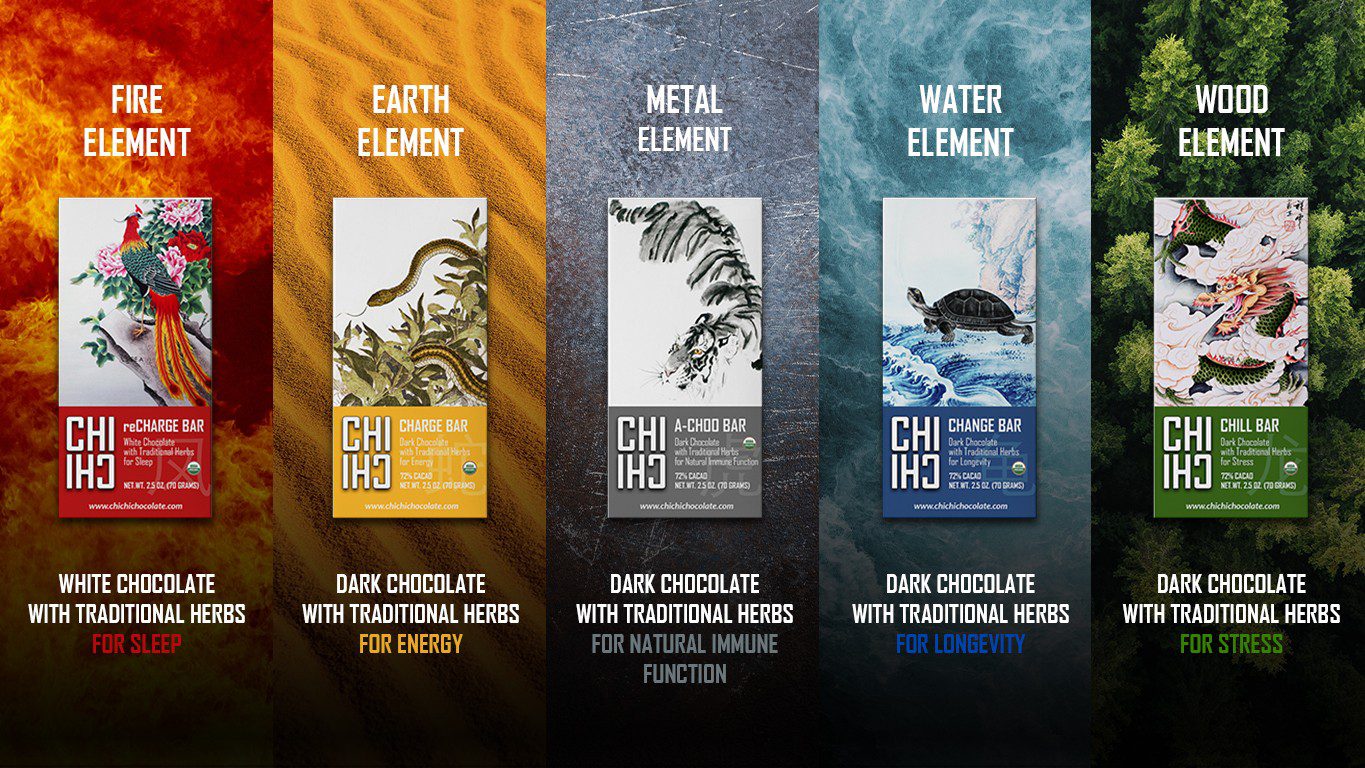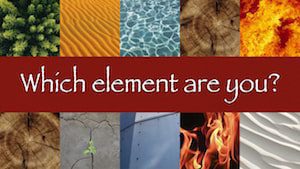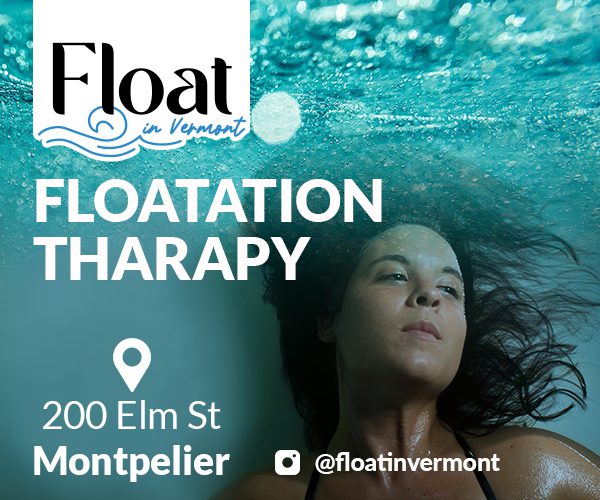What is Lomi Lomi?
Lomi Lomi (or Lomilomi) is the traditional bodywork of Hawai’i. It has existed since ancient times and been passed down through the generations by the Kahunas and healers of the islands. Each island has their own unique lineages but all shared some common traits. Lomi is a holistic healing modality; the body, mind, and spirit are viewed as one. Practitioners use meditation and breathing to clear their minds of any preconceived notions so they can be fully present with the receiver, offering them what they need in that moment. For this reason, Lomi is not generally practiced as a uniform routine, executed the same way for every client. The goal is to “read the script” of the receiver’s body, and to work to clear away physical and energetic blockages that are causing pain, and other symptoms. In Hawaiian spirituality, physical pains were not seen as separate from the mind, so Lomi is designed to work on the psychological level as well, releasing old unhealthy patterns, beliefs, and traumas.
Lineages of Lomilomi
In Benj’s practice of Lomilomi, he blends techniques and principles from several different lineages of Lomi to create customized sessions for each receiver. He honors and thanks all the Kahunas and teachers who have shared these lineages with the world. Mahalo!
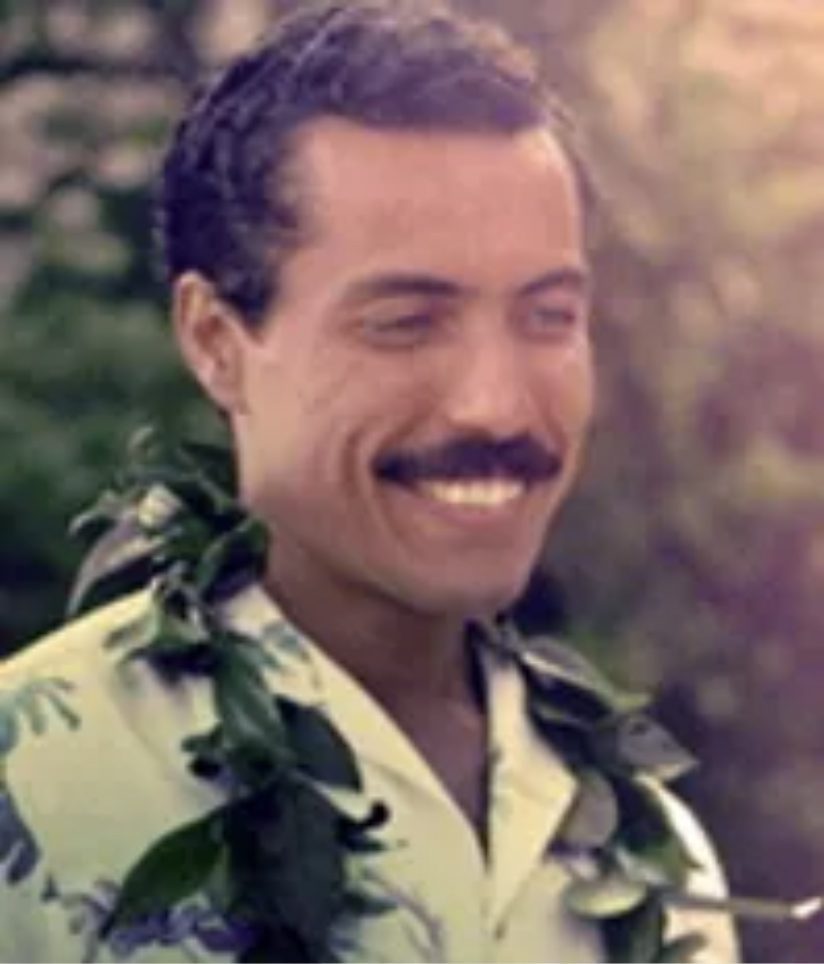
Sherman ‘Raman Das’ Dudoit
Heartworks Lomilomi
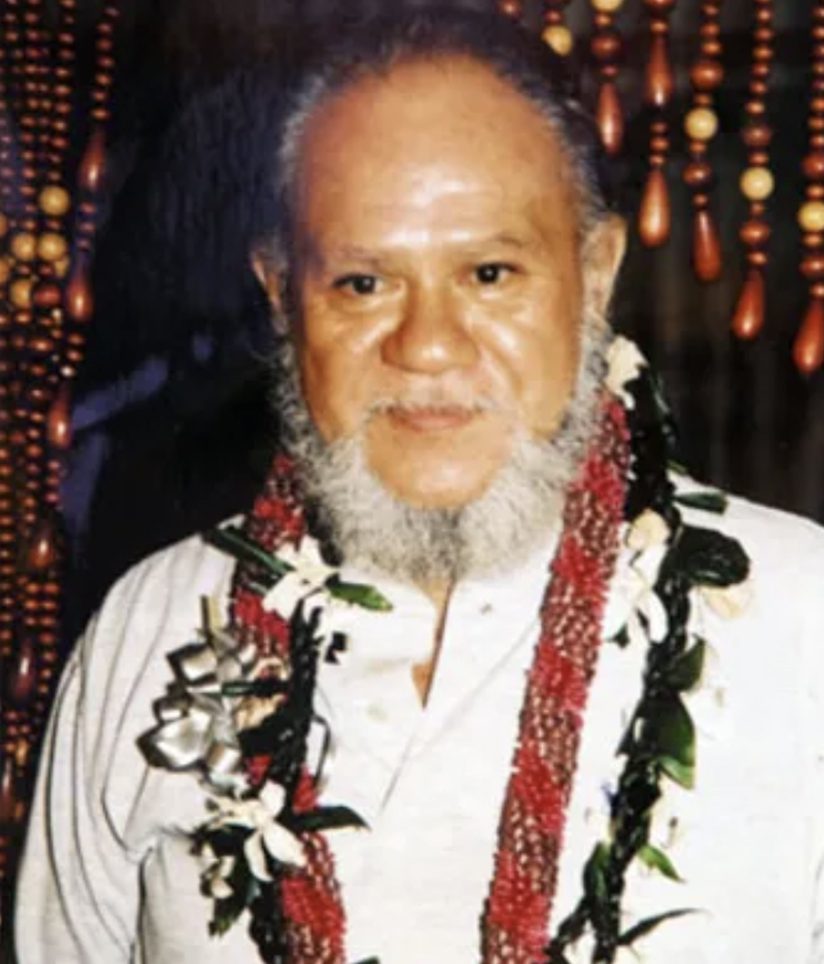
Kahu Abraham Kawai’i
Temple-Style Lomi
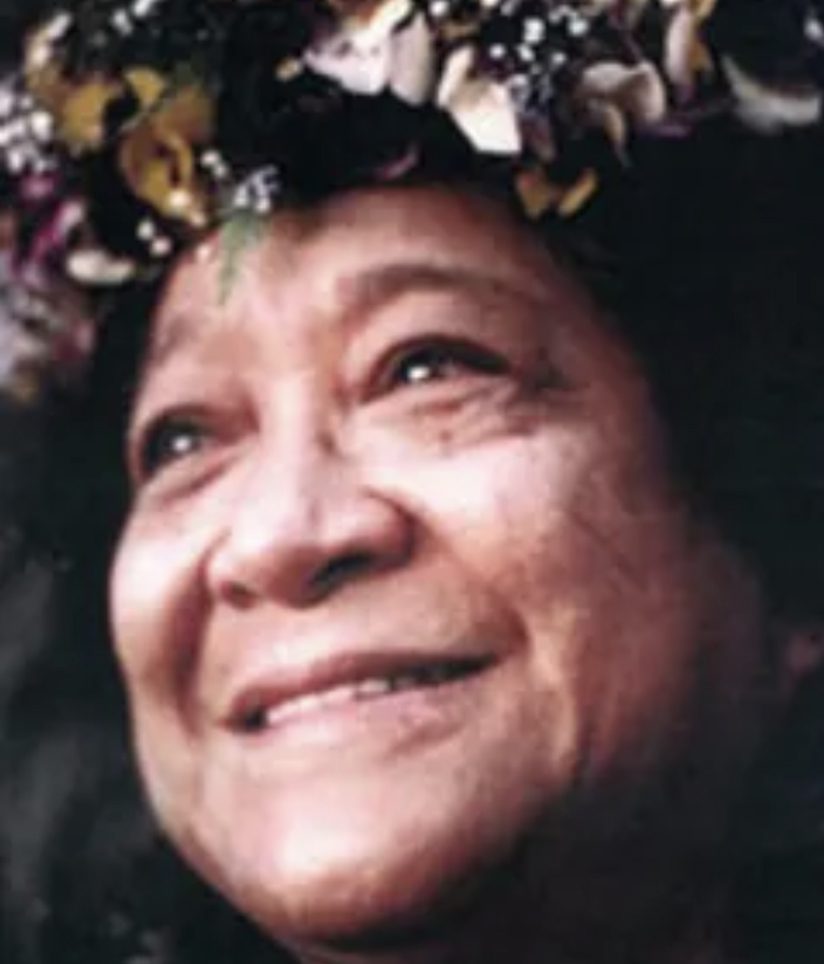
Aunty Margaret Machado
Big Island Lomi
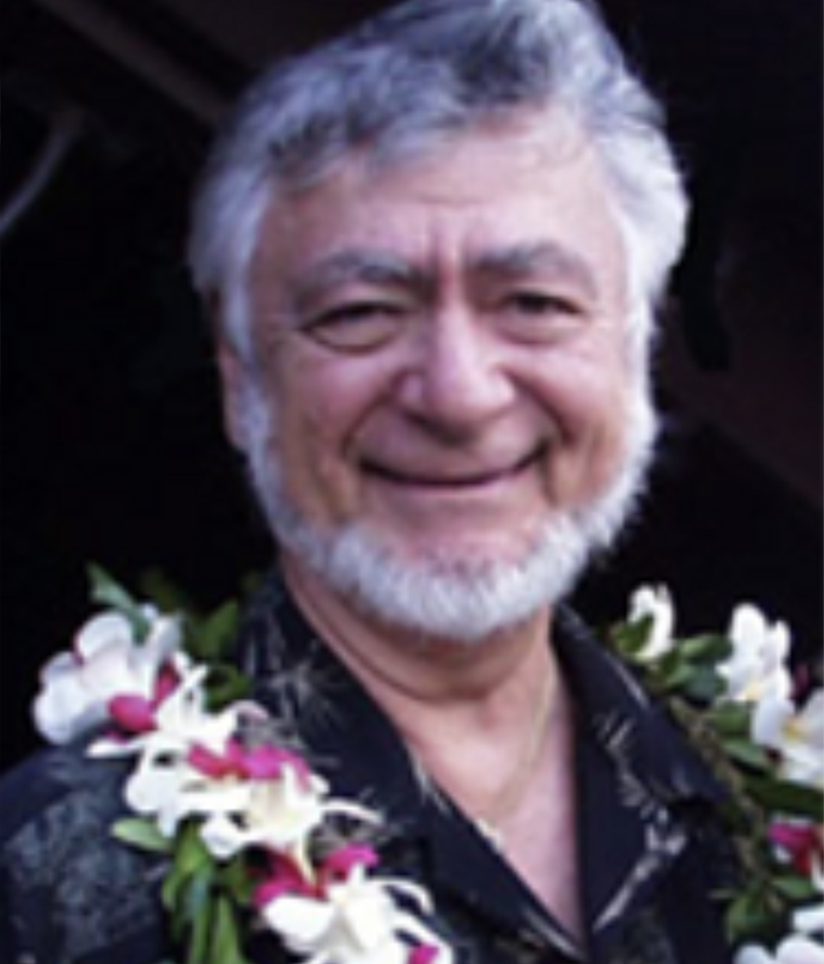
Serge Kahili King
Kahi Loa Lomi

Uncle Harry Uhane Jim
Traditional Hawaiian Touch Medicine & Lomi HA
Heartworks Lomilomi
Heartworks is a traditional style of Lomilomi, passed down since olden times by the Kahunas of Maui. The story is that in ancient times, warriors would come back from battle beaten and broken, and the healers would use this style of Lomi to prepare the body for ‘bonesetting’ a technique used to reset broken bones. Heartworks was shared with the world by a man named Sherman ‘Raman Das’ Dudoit, a Hawaiian native who was instructed to do so by his teacher, a powerful Kahuna.
Like most styles of Lomi, Heartworks strokes are inspired by the ocean waves. What makes this lineage unique is the use of long, full-body strokes that are highly effective at releasing blockages and getting energy flowing. On a physical level, this provides a thorough lymphatic drainage massage, which helps the body detoxify and release stagnant energy. The full length strokes, help open the body, and then individual areas are targeted specifically, working the way through the whole body in a very fluid way. Pressure varies to suit the receiver. This work can be very light and gentle or provide deep tissue massage. For those familiar with Abhyanga (Indian Ayurvedic Massage), this work feels somewhat similar. Sherman was also a devout practitioner of Indian Advaita (Nondualism) philosophy, and integrated this meditation and philosophy into his practice.
On a mental and emotional level, it is highly soothing to the mind, calming to the nervous system and very relaxing. In Hawaii, each part of the body is correlated with different emotions, so attention is paid to that while working on the body. On an energetic or spiritual level, this work is very meditative. The practitioner practices breathing into their heart and breathing out divine love through the palms of their hands, which are connected to the heart. The receiver is also instructed to breathe deeply which often has a profound effect on their experience.
Temple Style Lomi
Temple-Style Lomi is almost completely opposite from Heartworks in appearance and technique, although the underlying philosophic principles are the same. This lineage comes from a man named Kahu Abraham Kawai’i, who went through the esoteric Kahuna training on Kauai. It is called “Temple Style”, a reference to the old practice of sending young people to the temples to receive hours, often days of Lomi to help them transition into adulthood in a balanced and healthy way.
Temple Style Lomi focuses on generating large amounts of mana (energy) with the breath and a dance step called the Kale’leau and sharing that energy with the receiver to clear away any blockages, obstructions, or traumas being stored in the body, which manifest as physical symptoms such as pain, tension, inflexibility, and disease. This work is like a dance, following the rhythm of the body with cascading waves of forearm and elbow strokes. Like with Heartworks, pressure always matches the needs of the receiver and can be light or very deep. However, the use of forearms as a primary connection point makes Temple-Style feel very different from Heartworks.
Another aspect of Temple Style Lomi is the use of assisted stretches, hip twists, backbends, and Deep Joint Rotations. Those familiar with Thai Yoga Massage know that a qualified practitioner can help you get into deeper stretches and twists than you can achieve on you own. As you relax into the stretch, the body loosens and opens, relieving tightness and pain and increasing flexibility.
Deep Joint Rotations are unique to this lineage, and involve rotating the shoulders, hips, knees, elbows, wrists, and ankles at their maximum capacity. This clears the junk out of the joint (where Hawaiians believe many traumas are stored) and improves the joints range of motion.
The psychological and energetic effects of Temple Style can include a balancing of the body’s energy, release of traumas and old patterns and wounds, and a sense of alignment.
Big Island Lomi
Another lineage we incorporate comes from Aunty Margaret, a beloved healer from the Big Island. Her philosophy was that “Lomi is praying work”. Her style of Lomi included taking herbal remedies and doing colon cleanses while receiving massage every day at her beachside residence.
The techniques in this style also emulate the ocean waves and include both hand and forearm strokes. They are a bit more gentle in nature and everything is repeated three times for body, mind, and spirit.
Traditional Hawaiian Touch Medicine & Lomi HA
This work comes from modern-day Kahuna Harry Uhane Jim who studied with many kahunas and healers on Kauai and the Big Island. Harry practices a very intuitive method of healing that uses a variety of skill sets for what he calls “Easy Aloha”.
Techniques include:
- Bonewashing: Clearing the skin of the bone of crystallized energy
- Creating Space: Making space in between the vertebrae, joints and bones through pulling, shaking, & stretching
- Lomi HA: Hawaiian-Style Breathwork, very effective at trauma recovery
- Lau Lima: The Laying on of Hands – sort of like Hawaiian reiki, can be done by 1 person or a group.
- Ho’oponopono: Using forgiveness to release old patterns and “expired contracts”
Kahi Loa Lomi
This lineage is quite different from the previous ones discussed as it is not really “massage”, but more of a shamanic bodywork. It was taught by a man named Serge Kahili King and draws upon the mystical and playful elements of Hawaiian Spirituality.
In this work, the practitioner invokes each of the 4 elements (Water, Fire, Stone, and Air) and the 3 kingdoms (Plant, Animal, and Human) one at a time. The receiver chooses a specific example of each to receive the blessings of, and the practitioner shares that energy with the receiver through gentle touch, over the clothes.
The experience of receiving can be very calming and peaceful and is often used with the elderly and children.
What to Expect in a Session
Lomi sessions begin with a bit of dialogue to discuss your goals and intentions for the session, which can be as simple as relieving some neck pain or as in depth as you want to go. After the intention is set, you will get undressed to your comfort level and under the sheets. Lomi is traditionally done with the receiver fully undressed under the draping, but this is not required if you don’t feel comfortable with it. The sessions involve a lot of oil, so we recommend wearing clothes to the session that you are ok with getting a bit oily afterwards. We also recommend you bring a water bottle, as it is important to drink extra water following the session to help your lymphatic system move toxins out of your body.
Breath is very important during the Lomi sessions. We will often guide some breathing or meditation at the beginning, and encourage you to continue focusing on your breath throughout the session. We recognize that deep rhythmic breathing will help the body release physical and mental/emotional tension as much as the bodywork, so maintaining a breathing pattern can increase the benefits of the work dramatically. Lomi can sometimes bring up different emotions or memories as different areas get worked on. If they do, we encourage you to continue breathing with them and you are free to share anything that comes up out loud if you feel inclined to do so.
Lomilomi does traditionally include chest and abdominal work. In our culture, we recognize that this is very sensitive work and for women specifically, we will of course ask if you want to receive it or not. It can always be skipped if you do not want to. The benefits of the work for those who do want to try it include stimulating digestion, detoxing the gut, draining lymph fluid around the breast tissue, releasing emotions (grief, anger, stress) and traumas that get stored in this part of the body. Many women have also reported that the digestive massage relieves cramps and bloating. Of course, it is totally up to you and you can make whatever choice feels comfortable to you at each session.
After the session is over, we recommend that you leave yourself some spaciousness as possible. It is common to experience what we call “Lomi Brain”. It is ideal to have some time to let the effects of the work settle in your body and mind before returning to your regular activities.
Of course there is only so much to explain in writing…by far the best way to learn about Lomi is to experience it.

Benj Spound LMT
Massage Therapist
Benj is an experienced massage therapist specializing in Lomilomi massage therapy. He is passionate about providing bodywork for physical, psychological and spiritual wellbeing.



